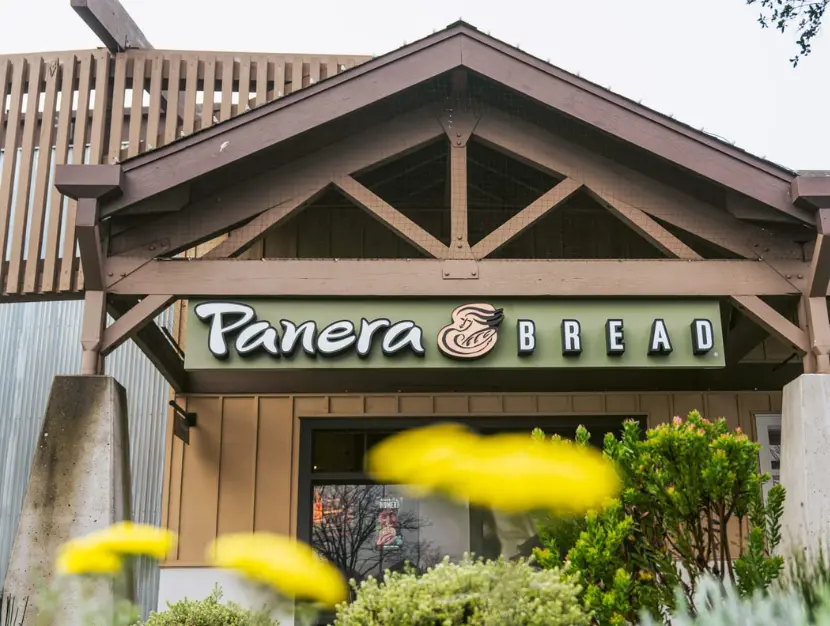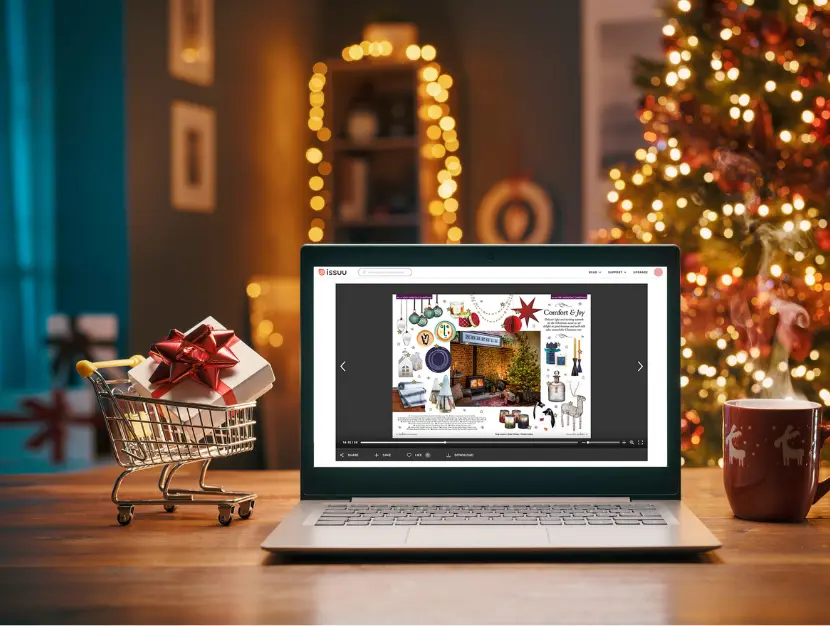Nike was ranked the No. 1 active footwear retailer among all four generational cohorts polled for the survey: Generation Z, millennials, Gen X and the baby boomers.
Nike and Kohl’s may not be popular on Wall Street, but a diverse group of consumers still consider them to be the best in their respective categories, according to a consumer sentiment poll released Thursday.
The Consumer Sentiment Index from consulting firm AlixPartners surveyed 9,000 fashion shoppers from Gen Z to baby boomers about the drivers of their buying behavior and retailer performance.
Nike was ranked the No. 1 active footwear retailer among all four generational cohorts polled for the survey: Generation Z, millennials, Generation X, and baby boomers.
Nike was ranked first among Gen Z and millennials, outpacing Adidas and Foot Locker, which scored equally in second place, and upstart competitor On Running was ranked last.
Gen Z and boomers’ preferred department store was Kohl’s, while millennials preferred Nordstrom, and Gen X preferred Macy’s. This result is dissimilar to Nike and Kohl’s recent outcomes of their operations.
Nike expects its sales to be down between 8% and 10% this quarter. As of Wednesday’s close, it has fallen 26% year to date as investors prepare for a slow climb to a new normal under new CEO Elliott Hill.
At the same time, Kohl’s expects sales to decline between 4% and 6% this fiscal year as it wrestles with the broader, systemic challenges that are defining the department store experience.
Its stock is down 32% year to date, as of Wednesday’s close.
Sonia Lapinsky, head of AlixPartners’ global fashion practice and the author of the report, said to CNBC that the survey results, along with the firms’ latest results, show that Nike and Kohl’s are at a crossroads.
The results indicate that the consumers are still fully supportive of the retailers, but good favor may quickly evaporate if they do not quickly identify and address what is wrong.
“We would be able to identify in the data what matters to the Nike consumer.
It’s all about innovation, technical quality, product and [the competitors] who are growing super fast … they’re known for innovation, they’re known for product development, they do it a heck of a lot quicker than we know that Nike does it,” said Lapinsky.
She said that Kohl’s is also in the same boat; the company has switched its assortment strategy multiple times in the past, but has gained the favor of consumers through its affordable prices. Consumers “still think they’re the best at product price combination.”
They’re still getting a deal. They probably love the Kohl’s bucks,” said Lapinsky. “Now let’s make the experience when they’re in the store something that they’re going to come back for and actually drive your top line.”

Managing The Inventory line
Other insights that Alix’s consumer sentiment report provided to retailers to consider as they prepare for the holiday shopping season, which is now most important for many businesses, were also discovered, such as the top reason that would make customers switch to a competitor.
Sixty six percent of the consumers interviewed stated that they would go to another store if the product they are searching for is out of stock.
″Right product, right place, right time‖ resonates in every retail conference room, but as retailers have opened online assortments and marketplaces to attract new customers and traffic, it has become increasingly difficult not to disappoint the consumer when he/she cannot find his/her size or the item of his/her choice in the store,‖ the report said.
For instance, a survey of 30 retailers revealed that 9% of their online stock on average is available in stores, as per the report. “It is therefore not surprising that consumers are angry.”
At Macys.com, the company boasts of having 24,000 women’s tops online, but for those who are physically in the Herald Square flagship store in New York City, there are only 2,500 women’s tops that can be picked up, the report said.
“For Gap.com, 158 tops and tees are online in women’s, but only 50 are available for store pick up in Herald Square.”
To get noticed and gain attention, retailers have been providing much more extensive digital assortments in recent years. But when consumers go back to the store, they are expecting to find those products on the shelf.
It is impossible to create digital inventories for the stores, so the retailers must be able to predict which inventory goes to which store to ensure the consumers find what they are looking for in the stores.
“This is a perfect kind of recipe for where AI should come in,” said Lapinsky.
“They have to become much more sophisticated about where the customer is going and what they are seeking and this is done through better analytics, possibly AI models that are anticipating what the customer wants.
And then they’ve got to have that same view transition to stores, even by store location, store cluster, store region, where they have a good view of what that consumer is likely looking for.”
















